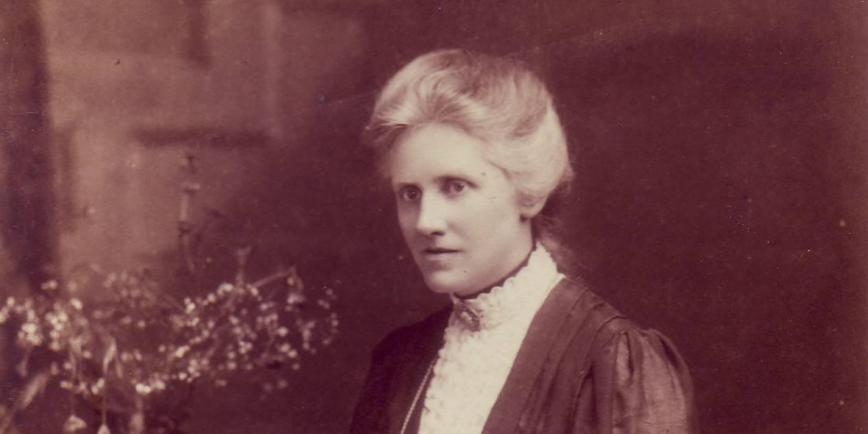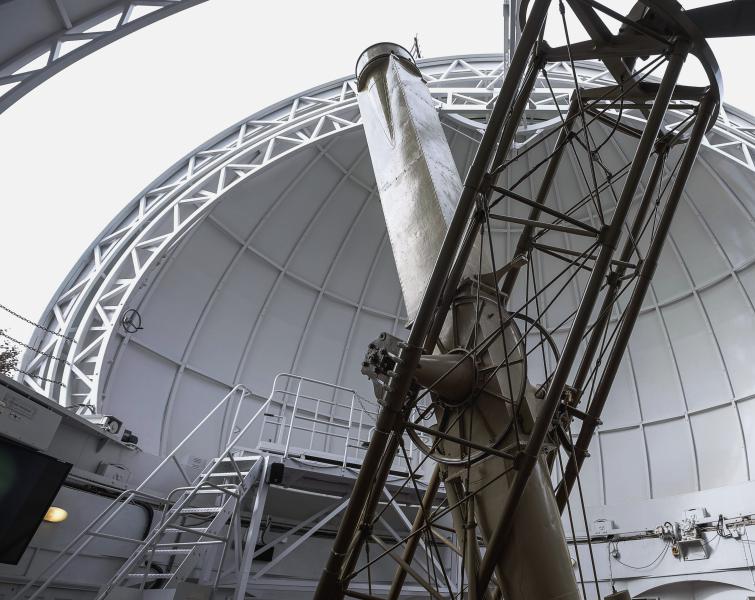
Essential Information
| Type | Events and festivals |
|---|---|
| Location | |
| Date and Times | Throughout 2025 |
| Prices | See page for details |
The Royal Observatory, Greenwich is the historic home of British astronomy, Greenwich Mean Time and the Prime Meridian of the world.
The Royal Observatory was founded by Charles II in 1675, and now welcomes visitors from around the globe to stand at the centre of world time.
In 2025 the Royal Observatory is celebrating its 350th anniversary.
Observatory curators and astronomers are hosting a season of special events to mark this historic moment, from astronomy live streams and stargazing demos to author talks, family activities, sessions for schools and much more.
You'll even be able to travel back in time, and see what the night sky would have looked like 350 years ago in a brand-new show at London's only planetarium!
Join us in Greenwich to celebrate 350 years of the Royal Observatory, and discover the past, present and future of the Home of Time.
What’s On
Search all anniversary events.
Full programme coming soon
Sign up to our newsletter to receive the latest news, stories and events from the Royal Observatory, and get ready to celebrate the 350th anniversary.
Founding of the Royal Observatory
"Whereas, in order to the finding out of the longitude of places for perfecting navigation and astronomy, we have resolved to build a small Observatory within our Park at Greenwich upon the highest ground … with lodging rooms for our Astronomical Observator and his Assistant."
This order, given by King Charles II, led to the founding of the Royal Observatory in 1675. Three hundred and fifty years later, it is one of the most important scientific sites in the world.
The Royal Observatory was always intended to be both a working institution and a home for the 'Astronomer Royal'. John Flamsteed was the first person to hold the position, and the first to live at the Observatory. The original building is still known as 'Flamsteed House' today.
Flamsteed's task was to observe and record the positions of the stars, in order to “find out the so-much-desired longitude of places".
This search for a way to measure longitude – a person's position east or west – came to define the Royal Observatory. It led to the world's first Prime Meridian, and lay the foundations for Greenwich Mean Time and the global time system we still use today.
But these breakthroughs only tell part of the story. In these buildings, generations of astronomers spent many cold nights carefully observing the night sky. Their work transformed how we explored our Earth and changed our understanding of the Universe. Follow in their footsteps this anniversary year, and be a part of Royal Observatory history.



















